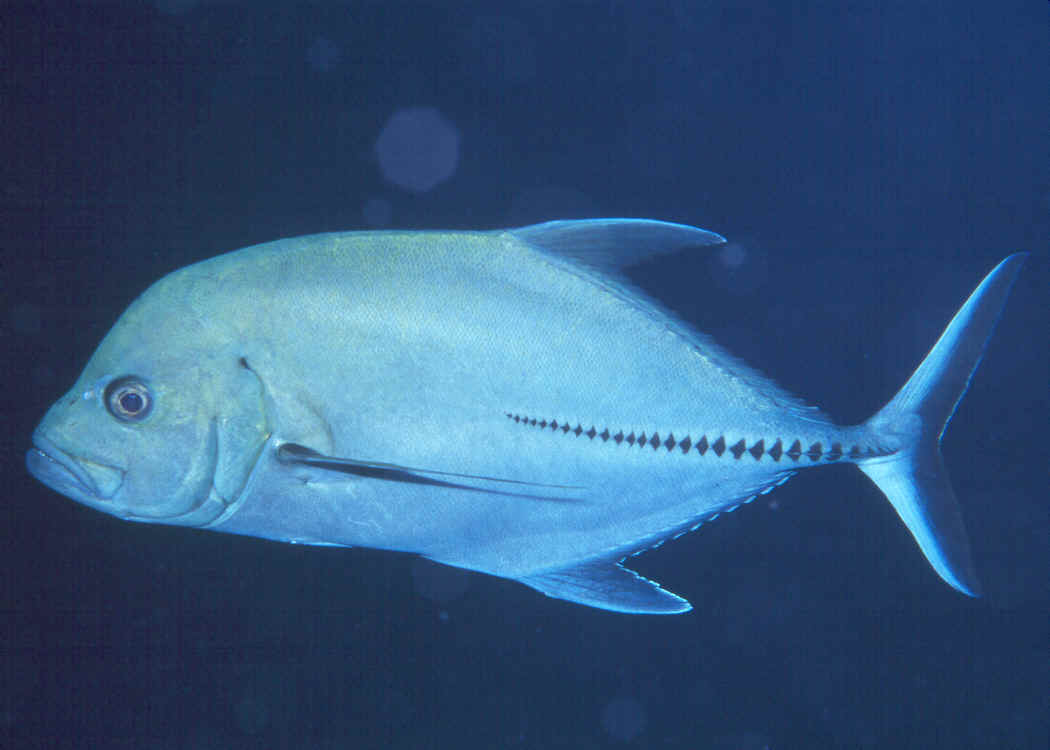For the last 2 years or so, the aquarium has been my weekly excitement that has kept me guessing what would happen that week (much like a good sitcom). Yet, as I left on Friday, I couldn't help but be sad.
The next year I will be away on three seas then, if I do decide to actively pursue vet school, I will have to spend my free time at a vet office and not playing with my favorite sea creatures (since only 1 school offers a marine vet program). I want to say I could do both, and maybe I can, but going into senior year with 4 lab classes a semester, this seems unlikely.
But, even though I am extremely sad, I do not want to make this a sad post. Instead, I want to highlight the last 2 years and the amazing times I have had.
Starting out in the freshwater gallery with Scott gave me my first year. During this time, I swam with catfish larger than myself, snorkled with anacondas, went on herring collecting trips, and assisted in an anaconda giving birth. This gallery truly allowed me to learn the basics of the marine world. Every day I was there, I learned more than I could possibly imagine and it solidified my desire to preserve the marine world.
 |
| Newborn anaconda |
 |
| Me and Athena |
Than, this past month, I have been working in the tropical gallery. This work solidified my knowledge of the tropical world and helped prepare me for three seas.
I also, outside of the galleries, was able to shadow a stingray neutering surgery. This was the first of its kind and allowed me to see what a marine vet actually does. I want in!
Looking back, although I gave a very basic over view, has produced some of my fondest memories and changed who I am immensely. I hope to be back in a year and, if I am otherwise pulled away, thank you New England Aquarium.










